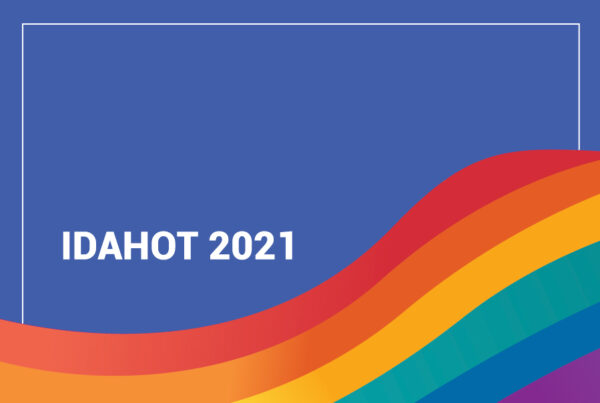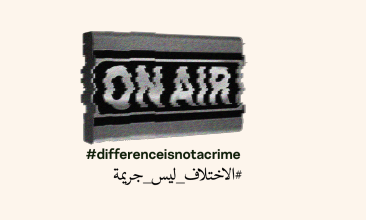By Amin Jobran
Image source: Mattias Geniar
At the end of March 2017, the Internet Engineering Task Force (IETF) held its 98th meeting in Chicago. The IETF’s mission is to “make the Internet work better by producing high quality, relevant technical documents that influence the way people design, use, and manage the Internet.” Amongst many important sessions and meeting, the “QUIC working group meeting” was particularly interesting since it discusses a protocol that can potentially improve information access for activists and human rights defenders.
QUIC, which stands for “Quick UDP Internet Connections”, is an experimental internet protocol deployed at Google to connect many Google services to Google chrome. It builds on other internet protocols like UDP to provide a multiplexed connection that promises to be faster, safer, and more reliable. Jana Iyengar from Google explains in this presentation that QUIC is always encrypted, reduces latency, runs in user space, and is open sourced in Chromium. (For more technical details you can review this document and watch this workshop held at IETF98).
Google submitted QUIC’s internet draft for IETF to be standardized and in October 2016, QUIC working group was formed to modularize and standardize it. The QUIC working group meeting at IETF98 discussed the recently published working group drafts and other open issues.
The meeting started off with an overview that described that January meeting was productive and the next interim meeting to be held next July in Paris. Soon after, Mirja Kuehlwind gave an update on the QUIC applicability and manageability statement where she suggested, amongst other suggestions, that the scope of the document should be wider (than HTTP/2 protocol) in order for it to be more encompassing. There were also presentations giving updates on drafts related to QUIC recovery, integrity, transportation, TLS, HTTP, QPAC, and ECN.
The standardization of the QUIC protocol will lead to its adoption by non-Google browsers and services, which will significantly expand its user base. The benefits of such an expansion are numerous. Providing an internet connection that is fast, secure, and reliable for people in countries with an underdeveloped internet infrastructure or with advanced information control practices improves their access to information. Moreover, a better internet connection improves civil society’s resistance to censorship and allows it to protect and access digital spaces it uses to express its opinions and beliefs.
The IETF has a research group under its Internet Research Task Force (IRTF) working on Human Rights Protocol Considerations (HRPC). The research group studies whether those internet protocols can “strengthen or threaten Human Rights, as defined in the Universal Declaration of Human Rights (UDHR).” Behind the code and the boring technical language and discussions around internet protocols lies a higher purpose that can advance human rights worldwide.
At the end of March 2017, the Internet Engineering Task Force (IETF) held its 98th meeting in Chicago. The IETF’s mission is to “make the Internet work better by producing high quality, relevant technical documents that influence the way people design, use, and manage the Internet.” Amongst many important sessions and meeting, the “QUIC working group meeting” was particularly interesting since it discusses a protocol that can potentially improve information access for activists and human rights defenders.
QUIC, which stands for “Quick UDP Internet Connections”, is an experimental internet protocol deployed at Google to connect many Google services to Google chrome. It builds on other internet protocols like UDP to provide a multiplexed connection that promises to be faster, safer, and more reliable. Jana Iyengar from Google explains in this presentation that QUIC is always encrypted, reduces latency, runs in user space, and is open sourced in Chromium. (For more technical details you can review this document and watch this workshop held at IETF98).
Google submitted QUIC’s internet draft for IETF to be standardized and in October 2016, QUIC working group was formed to modularize and standardize it. The QUIC working group meeting at IETF98 discussed the recently published working group drafts and other open issues.
The meeting started off with an overview that described that January meeting was productive and the next interim meeting to be held next July in Paris. Soon after, Mirja Kuehlwind gave an update on the QUIC applicability and manageability statement where she suggested, amongst other suggestions, that the scope of the document should be wider (than HTTP/2 protocol) in order for it to be more encompassing. There were also presentations giving updates on drafts related to QUIC recovery, integrity, transportation, TLS, HTTP, QPAC, and ECN.
The standardization of the QUIC protocol will lead to its adoption by non-Google browsers and services, which will significantly expand its user base. The benefits of such an expansion are numerous. Providing an internet connection that is fast, secure, and reliable for people in countries with an underdeveloped internet infrastructure or with advanced information control practices improves their access to information. Moreover, a better internet connection improves civil society’s resistance to censorship and allows it to protect and access digital spaces it uses to express its opinions and beliefs.
The IETF has a research group under its Internet Research Task Force (IRTF) working on Human Rights Protocol Considerations (HRPC). The research group studies whether those internet protocols can “strengthen or threaten Human Rights, as defined in the Universal Declaration of Human Rights (UDHR).” Behind the code and the boring technical language and discussions around internet protocols lies a higher purpose that can advance human rights worldwide.





